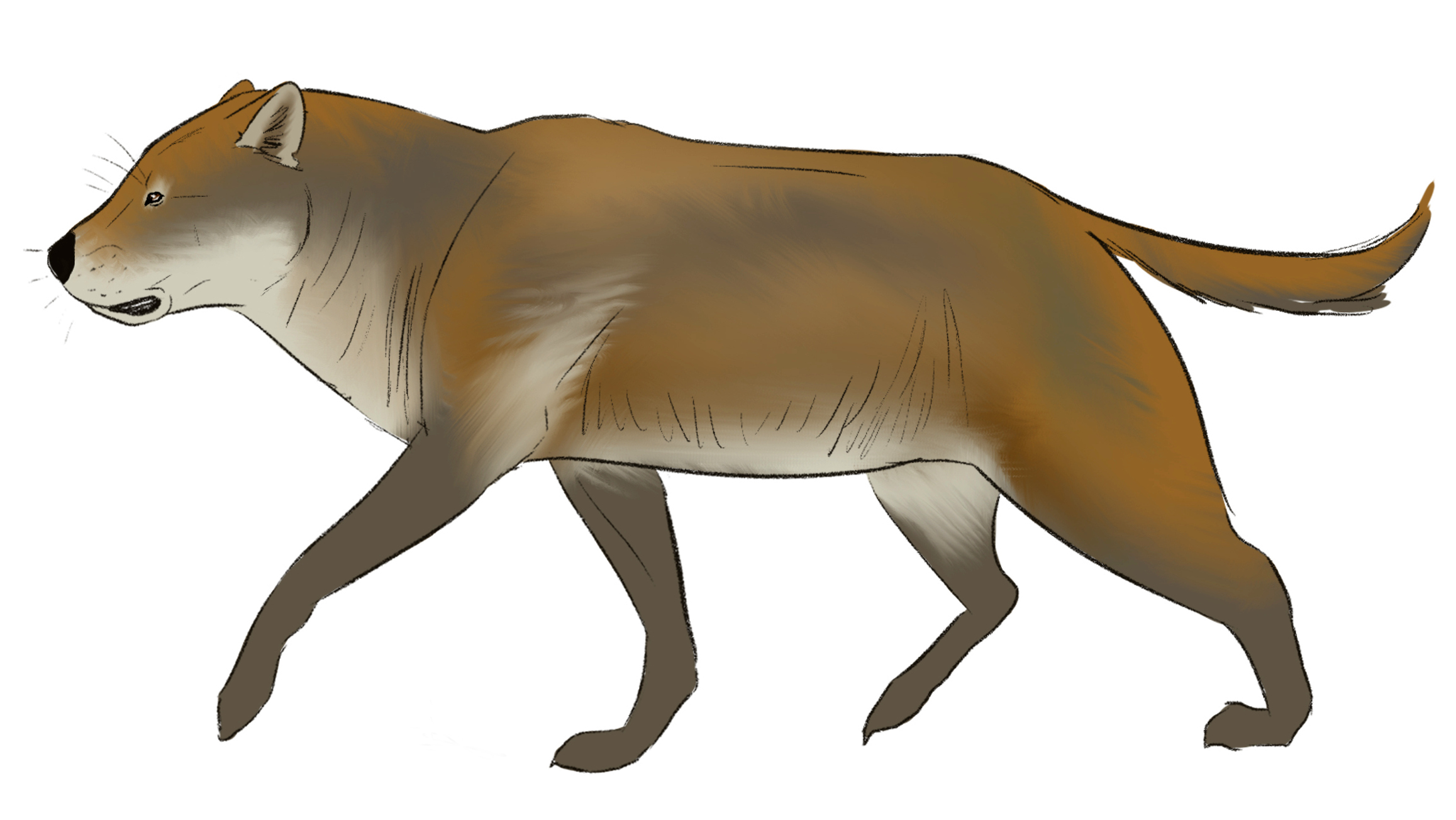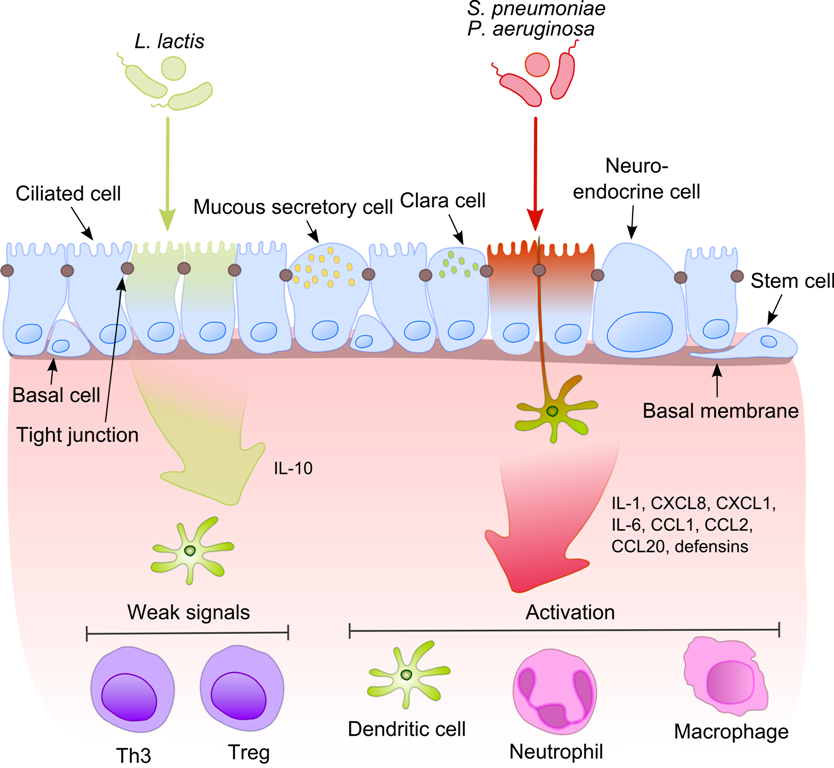|
Eperythrozoon Canis
''Mycoplasma haemocanis'' (formerly ''Haemobartonella canis'') is a species of bacteria in the genus ''Mycoplasma''. It rarely causes anemia in dogs with normal spleens and normal immune systems. Clinical anemia can develop when a carrier dog is splenectomized, or when a splenectomized dog is transfused with blood from a carrier donor. It affects many species of canid Canidae (; from Latin, ''canis'', "dog") is a family (biology), biological family of caniform carnivorans, constituting a clade. A member of this family is also called a canid (). The family includes three subfamily, subfamilies: the Caninae, a ...s like dogs and foxes. References haemocanis Pathogenic bacteria Bacteria described in 1928 {{bacteria-stub ... [...More Info...] [...Related Items...] OR: [Wikipedia] [Google] [Baidu] |
Bacteria
Bacteria (; : bacterium) are ubiquitous, mostly free-living organisms often consisting of one Cell (biology), biological cell. They constitute a large domain (biology), domain of Prokaryote, prokaryotic microorganisms. Typically a few micrometres in length, bacteria were among the first life forms to appear on Earth, and are present in most of its habitats. Bacteria inhabit the air, soil, water, Hot spring, acidic hot springs, radioactive waste, and the deep biosphere of Earth's crust. Bacteria play a vital role in many stages of the nutrient cycle by recycling nutrients and the nitrogen fixation, fixation of nitrogen from the Earth's atmosphere, atmosphere. The nutrient cycle includes the decomposition of cadaver, dead bodies; bacteria are responsible for the putrefaction stage in this process. In the biological communities surrounding hydrothermal vents and cold seeps, extremophile bacteria provide the nutrients needed to sustain life by converting dissolved compounds, suc ... [...More Info...] [...Related Items...] OR: [Wikipedia] [Google] [Baidu] |
Genus
Genus (; : genera ) is a taxonomic rank above species and below family (taxonomy), family as used in the biological classification of extant taxon, living and fossil organisms as well as Virus classification#ICTV classification, viruses. In binomial nomenclature, the genus name forms the first part of the binomial species name for each species within the genus. :E.g. ''Panthera leo'' (lion) and ''Panthera onca'' (jaguar) are two species within the genus ''Panthera''. ''Panthera'' is a genus within the family Felidae. The composition of a genus is determined by taxonomy (biology), taxonomists. The standards for genus classification are not strictly codified, so different authorities often produce different classifications for genera. There are some general practices used, however, including the idea that a newly defined genus should fulfill these three criteria to be descriptively useful: # monophyly – all descendants of an ancestral taxon are grouped together (i.e. Phylogeneti ... [...More Info...] [...Related Items...] OR: [Wikipedia] [Google] [Baidu] |
Mycoplasma
''Mycoplasma'' is a genus of bacteria that, like the other members of the class ''Mollicutes'', lack a cell wall, and its peptidoglycan, around their cell membrane. The absence of peptidoglycan makes them naturally resistant to antibiotics such as the beta-lactam antibiotics that target cell wall synthesis. They can be parasitic or saprotrophic. In casual speech, the name ''"mycoplasma"'' (plural ''mycoplasmas'' or ''mycoplasms'') generally refers to all members of the class Mollicutes. In formal scientific classification, the designation ''Mycoplasma'' refers exclusively to the genus, a member of the Mycoplasmataceae, the only family in the order Mycoplasmatales (see "scientific classification"). In 2018, ''Mycoplasma'' was split with many clinically significant species moved to other genera in Mollicutes; see the page Mollicutes for an overview. Etymology The term "mycoplasma", from the Greek μύκης, ' (fungus) and πλάσμα, ' (formed), was first used by ... [...More Info...] [...Related Items...] OR: [Wikipedia] [Google] [Baidu] |
Anemia
Anemia (also spelt anaemia in British English) is a blood disorder in which the blood has a reduced ability to carry oxygen. This can be due to a lower than normal number of red blood cells, a reduction in the amount of hemoglobin available for oxygen transport, or abnormalities in hemoglobin that impair its function. The name is derived . When anemia comes on slowly, the symptoms are often vague, such as Fatigue, tiredness, weakness, shortness of breath, headaches, and a Exercise intolerance, reduced ability to exercise. When anemia is acute, symptoms may include confusion, lightheadedness, feeling like one is going to pass out, Syncope (medicine), loss of consciousness, and polydipsia, increased thirst. Anemia must be significant before a person becomes noticeably Pallor, pale. Additional symptoms may occur depending on the underlying cause. Anemia can be temporary or long term and can range from mild to severe. Anemia can be caused by blood loss, decreased red blood cel ... [...More Info...] [...Related Items...] OR: [Wikipedia] [Google] [Baidu] |
Spleen
The spleen (, from Ancient Greek '' σπλήν'', splḗn) is an organ (biology), organ found in almost all vertebrates. Similar in structure to a large lymph node, it acts primarily as a blood filter. The spleen plays important roles in regard to red blood cells (erythrocytes) and the immune system. It removes old red blood cells and holds a reserve of blood, which can be valuable in case of Shock (circulatory), hemorrhagic shock, and also Human iron metabolism, recycles iron. As a part of the mononuclear phagocyte system, it metabolizes hemoglobin removed from senescent red blood cells. The globin portion of hemoglobin is degraded to its constitutive amino acids, and the heme portion is metabolized to bilirubin, which is removed in the liver. The spleen houses antibody-producing lymphocytes in its white pulp and monocytes which remove antibody-coated bacteria and antibody-coated blood cells by way of blood and lymph node circulation. These monocytes, upon moving to injured ... [...More Info...] [...Related Items...] OR: [Wikipedia] [Google] [Baidu] |
Immune System
The immune system is a network of biological systems that protects an organism from diseases. It detects and responds to a wide variety of pathogens, from viruses to bacteria, as well as Tumor immunology, cancer cells, Parasitic worm, parasitic worms, and also objects such as wood splinters, distinguishing them from the organism's own healthy biological tissue, tissue. Many species have two major subsystems of the immune system. The innate immune system provides a preconfigured response to broad groups of situations and stimuli. The adaptive immune system provides a tailored response to each stimulus by learning to recognize molecules it has previously encountered. Both use humoral immunity, molecules and cell-mediated immunity, cells to perform their functions. Nearly all organisms have some kind of immune system. Bacteria have a rudimentary immune system in the form of enzymes that protect against bacteriophage, viral infections. Other basic immune mechanisms evolved in ancien ... [...More Info...] [...Related Items...] OR: [Wikipedia] [Google] [Baidu] |
Splenectomy
A splenectomy is the surgical procedure that partially or completely removes the spleen. The spleen is an important organ in regard to immunological function due to its ability to efficiently destroy encapsulated bacteria. Therefore, removal of the spleen runs the risk of overwhelming post-splenectomy infection, a medical emergency and rapidly fatal disease caused by the inability of the body's immune system to properly fight infection following splenectomy or asplenia. Common indications for splenectomy include trauma, tumors, splenomegaly or for hematological disease such as sickle cell anemia or thalassemia. Indications The spleen is an organ located in the abdomen next to the stomach. It is composed of red pulp which filters the blood, removing foreign material, damaged and worn out red blood cells. It also functions as a storage site for iron, red blood cells and platelets. The rest (~25%) of the spleen is known as the white pulp and functions like a large lymph n ... [...More Info...] [...Related Items...] OR: [Wikipedia] [Google] [Baidu] |
Veterinary Research
''Veterinary Research'' is an international open access journal focusing on animal infectious diseases. ''Veterinary Research'' publishes original papers and reviews on host-pathogen interactions. Thematics are bacteriology, epidemiology, immunology, parasitology, prion diseases and virology. It was originally established as ''Annales de Recherches Vétérinaires'' (1970–1992), which itself superseded ''Recherches Vétérinaires'' (1968–1969). The journal acquired its current name in 1993. The journal was initially published by the Institut National de la Recherche pour l'agriculture, l'alimentation et l'environnement �INRAE, and later by Elsevier and EDP Sciences. It is now published by BMC and Springer. The journal is currently edited by Vincent Béringue. Abstracting and indexing The journal is abstracted and indexed in the following bibliographic databases A bibliographic database is a database of bibliographic records. This is an organised online collection of refer ... [...More Info...] [...Related Items...] OR: [Wikipedia] [Google] [Baidu] |
Canid
Canidae (; from Latin, ''canis'', "dog") is a family (biology), biological family of caniform carnivorans, constituting a clade. A member of this family is also called a canid (). The family includes three subfamily, subfamilies: the Caninae, and the extinct Borophaginae and Hesperocyoninae. The Caninae are known as canines, and include Dog, domestic dogs, Wolf, wolves, coyotes, raccoon dogs, Fox, foxes, jackals and other species. Canids are found on all continents except Antarctica, having arrived independently or accompanied by Human, human beings over extended periods of time. Canids vary in size from the gray wolf to the fennec fox. The body forms of canids are similar, typically having long muzzles, upright ears, teeth adapted for cracking bones and slicing flesh, long legs, and bushy tails. They are mostly social animals, living together in family units or small groups and behaving co-operatively. Typically, only the dominant pair in a group breeds and a litter of young ... [...More Info...] [...Related Items...] OR: [Wikipedia] [Google] [Baidu] |
Pathogenic Bacteria
Pathogenic bacteria are bacteria that can cause disease. This article focuses on the bacteria that are pathogenic to humans. Most species of bacteria are harmless and many are Probiotic, beneficial but others can cause infectious diseases. The number of these pathogenic species in humans is estimated to be fewer than a hundred. By contrast, several thousand species are considered part of the gut flora, with a few hundred species present in each individual human's digestive tract. The body is continually exposed to many species of bacteria, including beneficial commensals, which grow on the skin and mucous membranes, and saprophytes, which grow mainly in the soil and in decomposition, decaying matter. The blood and tissue fluids contain nutrients sufficient to sustain the growth of many bacteria. The body has defence mechanisms that enable it to resist microbial invasion of its tissues and give it a natural immune system, immunity or innate immunity, innate resistance against man ... [...More Info...] [...Related Items...] OR: [Wikipedia] [Google] [Baidu] |







